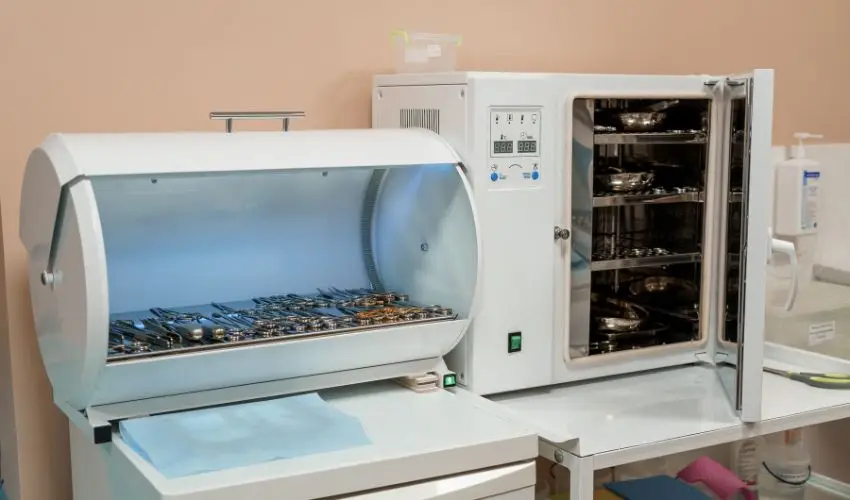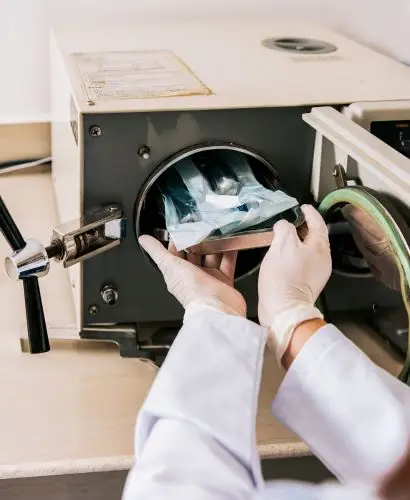Nullam dignissim, ante scelerisque the is euismod fermentum odio sem semper the is erat, a feugiat leo urna eget eros. Duis Aenean a imperdiet risus.
Nullam dignissim, ante scelerisque the is euismod fermentum odio sem semper the is erat, a feugiat leo urna eget eros. Duis Aenean a imperdiet risus.


A Hospital autoclave is used to sterilize equipment, containers, and materials in the Hospital industry. It uses steam and high pressure to kill bacteria, viruses, and germs. It ensures products are safe and contamination-free. Essential for producing medicines, vaccines, and sterile solutions.
It helps hospitals keep surgical instruments, gloves, and other tools clean and safe for reuse. Hospital autoclaves come in various sizes, from small units for clinics to large models for operating theaters. They are reliable, efficient, and meet strict medical sterilization standards.
Hospital autoclaves sterilize surgical instruments, medical tools, and waste materials to prevent infections and ensure patient safety. They are used in operation theaters, laboratories, and hospital sterilization units for maintaining hygiene.
 Some Question
Some Question